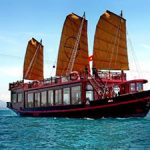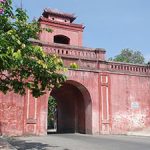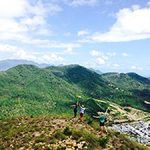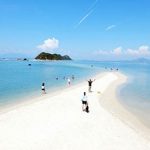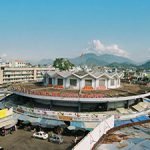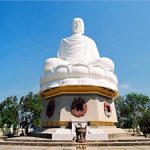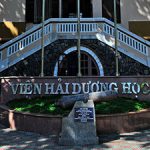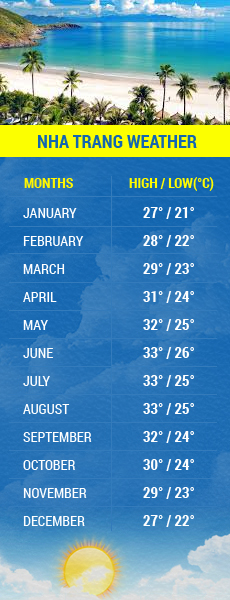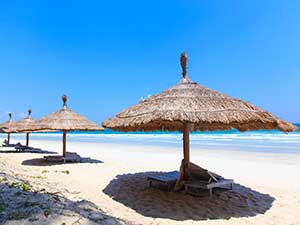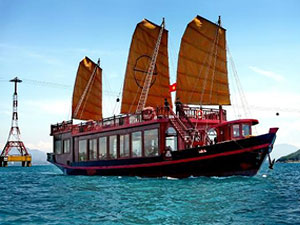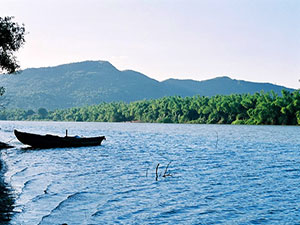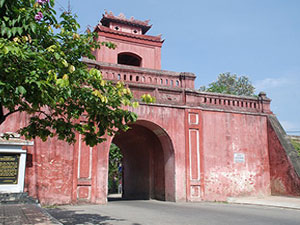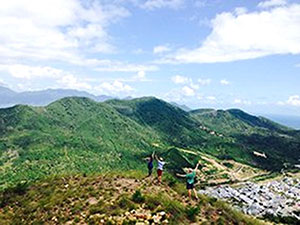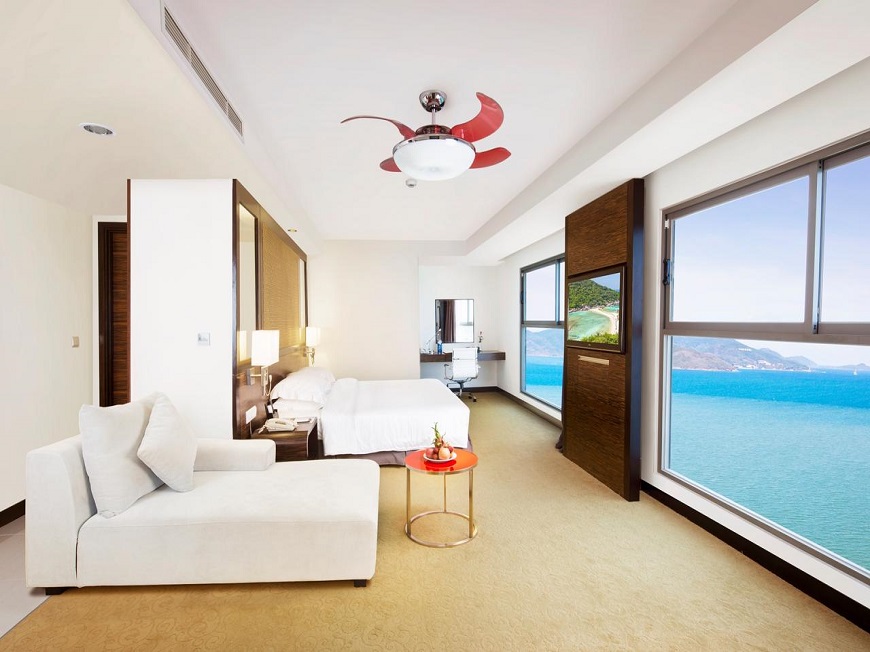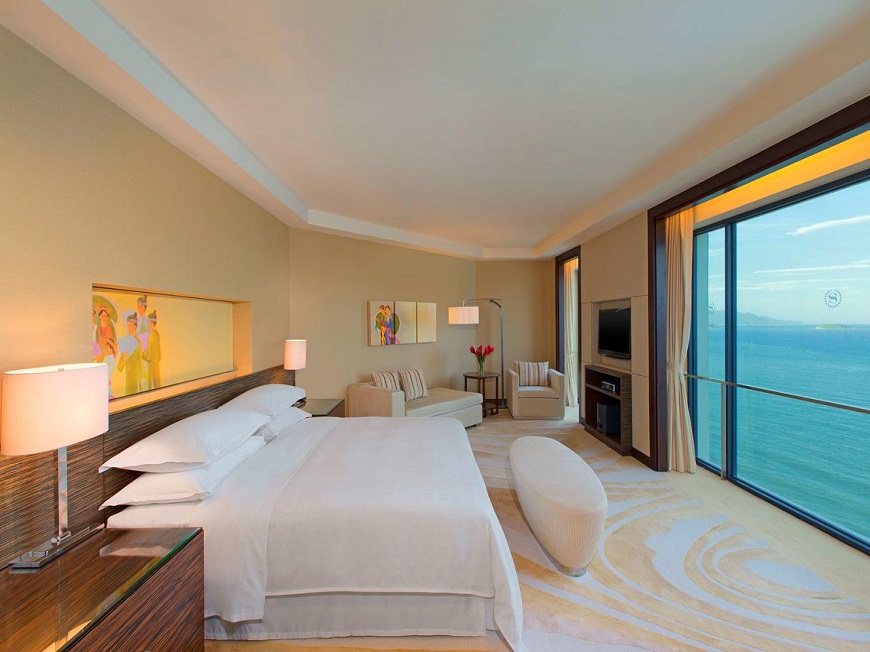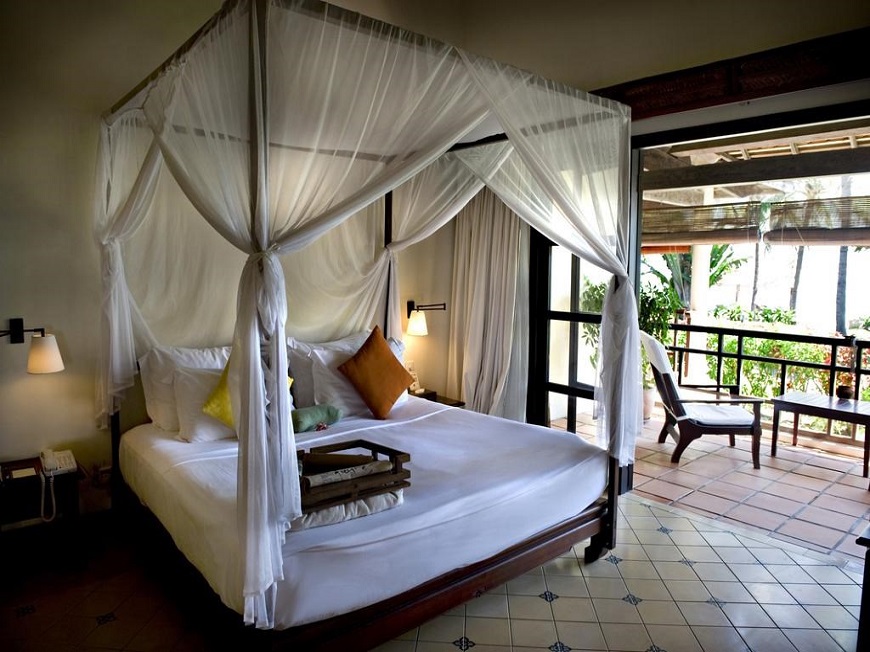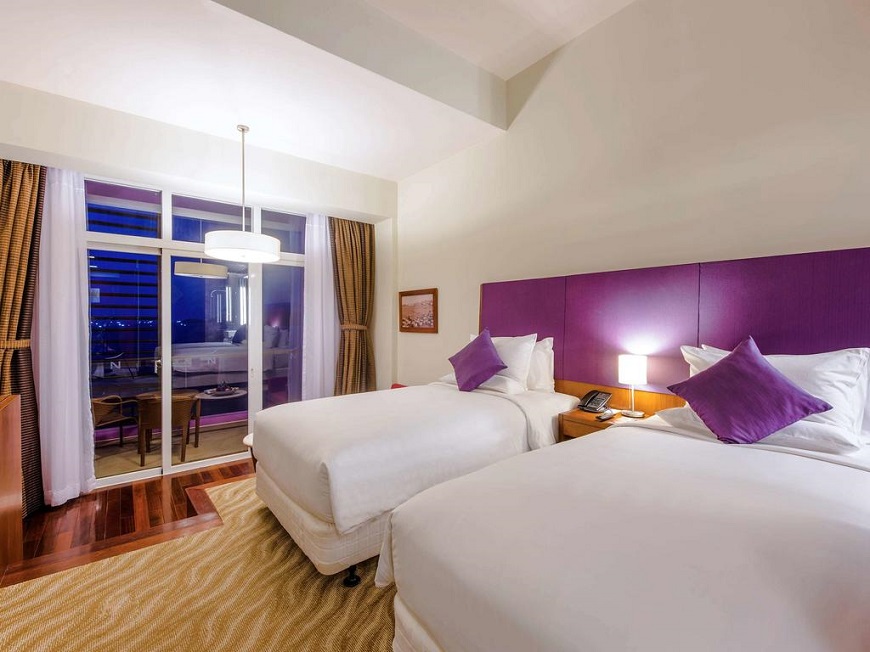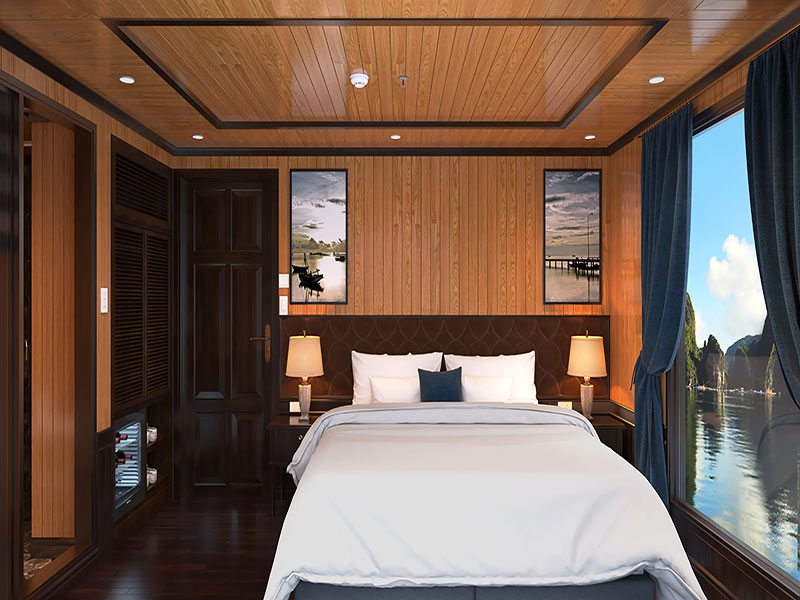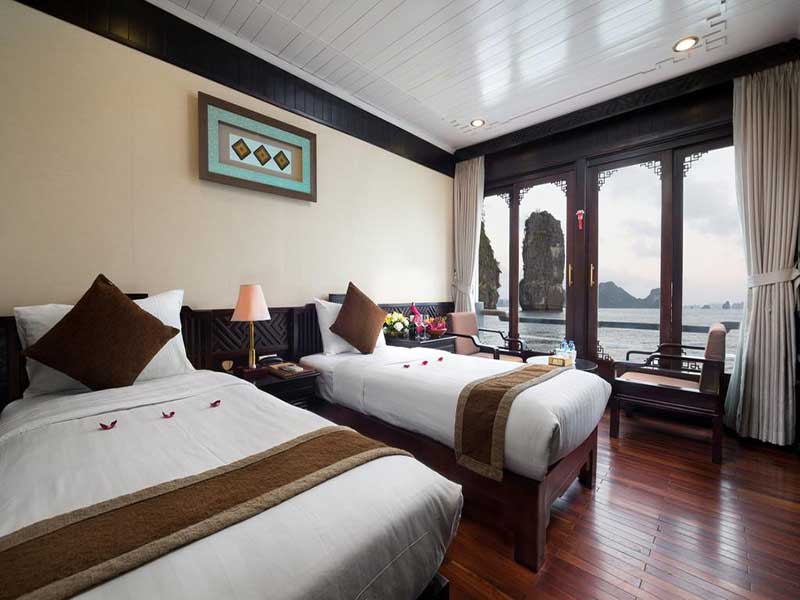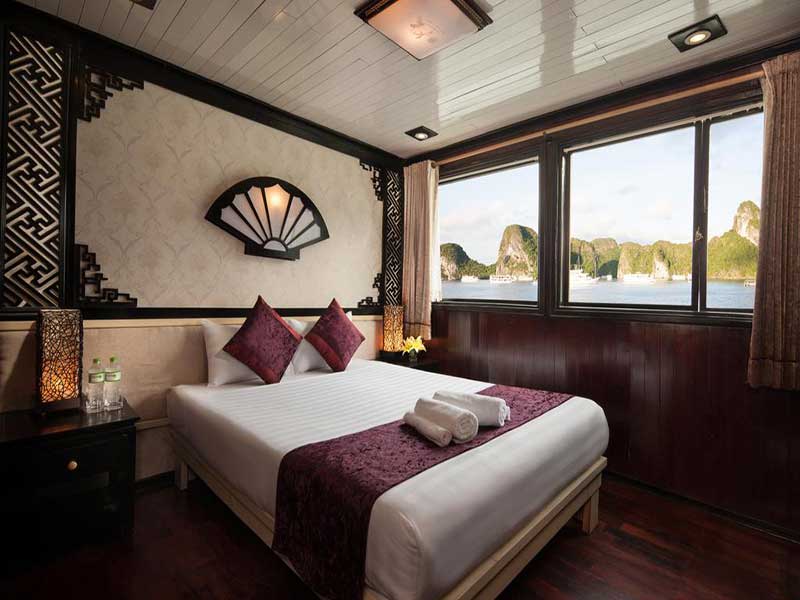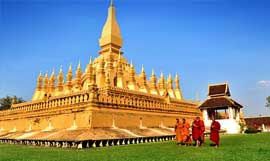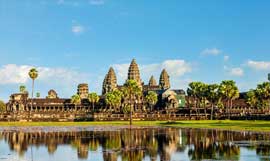Ponagar Temple, one of the most reputable tourist attraction in Nha Trang, Khanh Hoa, is a typical temple complexity of Cham architectural art and sculpture that preserve many magical historical relics of Cham dynasty. The temple is located on a small hill, also known as Thap Ba Mountain, at the mouth of the Cai River, on National Highway 1A, in Vinh Phuoc Ward, from North of Nha Trang City. Lying right in the heart of the beautiful coastal city of Nha Trang, this is the ideal destination for tourists visiting and admiring this unique architectural and natural beauty in here.
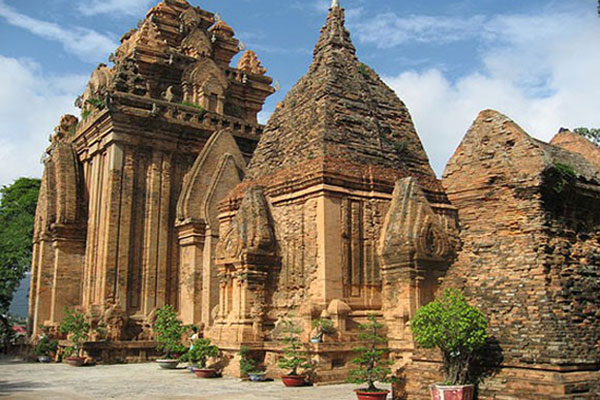
The overall architecture of the Ponagar Temple is the combination of the three-storey structure. In the first layer, the horizontal ground is the gate of the temple and stone stairs leading up to the middle floor, where there are only two main octagonal brick columns, each of them has 5 meters in length. On the two sides of the large columns are 12 smaller and lower columns, all on a brick floor higher than 1 meter. The top floor is where the towers were built, in front of the main tower. All derived from the Cham architecture, attracting a lot of tourists about its delicate and skillful structure maintained until now.
The temple was built by the king of Champa Harivácman in the 813 to 817. During the French colonial period, the Eastern Orthodox Church organized the use of brick rebuilt some statues on the temple. The first floor of the tower is paved, with 14 pillars and consecutive levels. The second floor is a cluster of four towers arranged in the form of workers. All four towers are built in the style of Cham towers, very tight brick-building with no adhesive. The outside of the temple has many ridges, pillars and battles. At the top of the pillars are often decorated by domes, like a small tower on a large tower. Especially, this place also reserves many creative statues and bas-reliefs, including Ponagar, Tenexa, fairies, deer, yellow geese and lions. Inside the tower is the statue of the goddess of high-grained black marble on a majestic stone of lotus, back resting on a large stone plate. All creates the masterpiece of Champa sculpture that resulted from the harmonious combination of circular and sculpture techniques from Cham dynasty.

Remarkably, reminded to Ponagar Tower, tourists cannot ignore the most impressive holidays from 20 to 23/3 lunar calendar, the Ponagar festival that welcomes thousands of tourists joining. The Ponagar Festival is considered as one of the largest festivals in the South Central and Central Highlands, associated with the legend and tradition of the Anna goddess, mother of Vietnam country in the Cham dynasty. Some familiar activities in the festival brings cultural values of Cham like religious activities, folk beliefs such as reading the prayer for peace, singing performances, lion dance performances, ball dance and so on.
Let’s come to Ponagar Temple one day to discover the most interesting cultural value of Vietnam history in the Cham dynasty!


